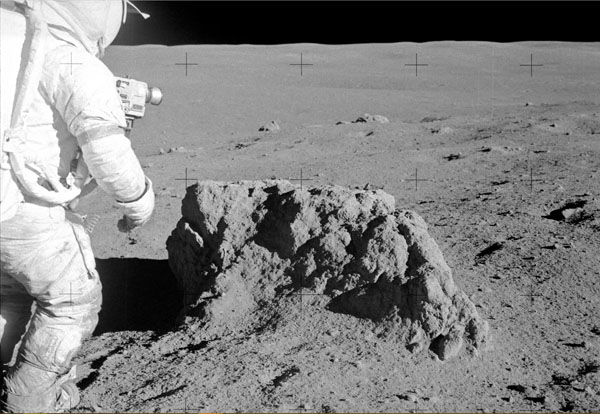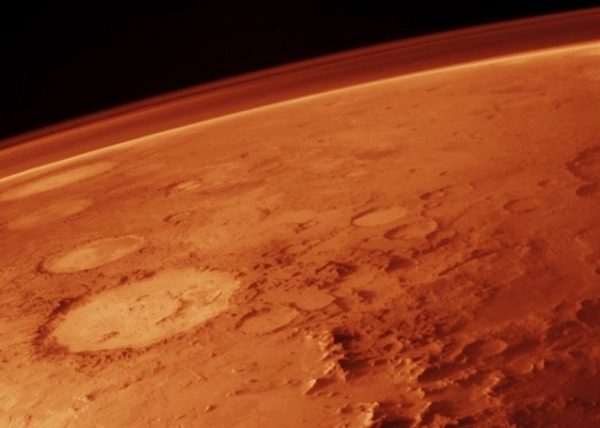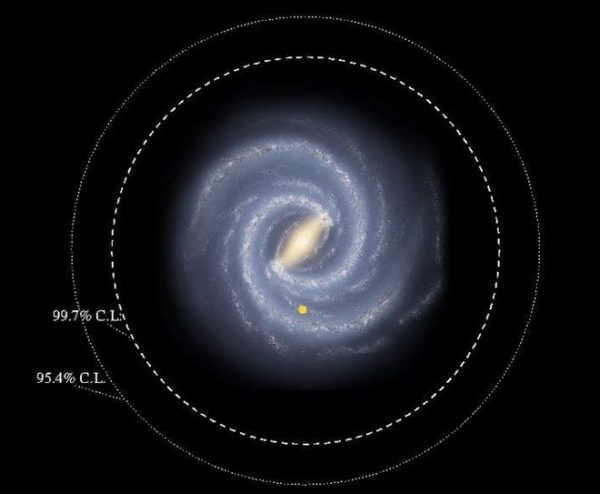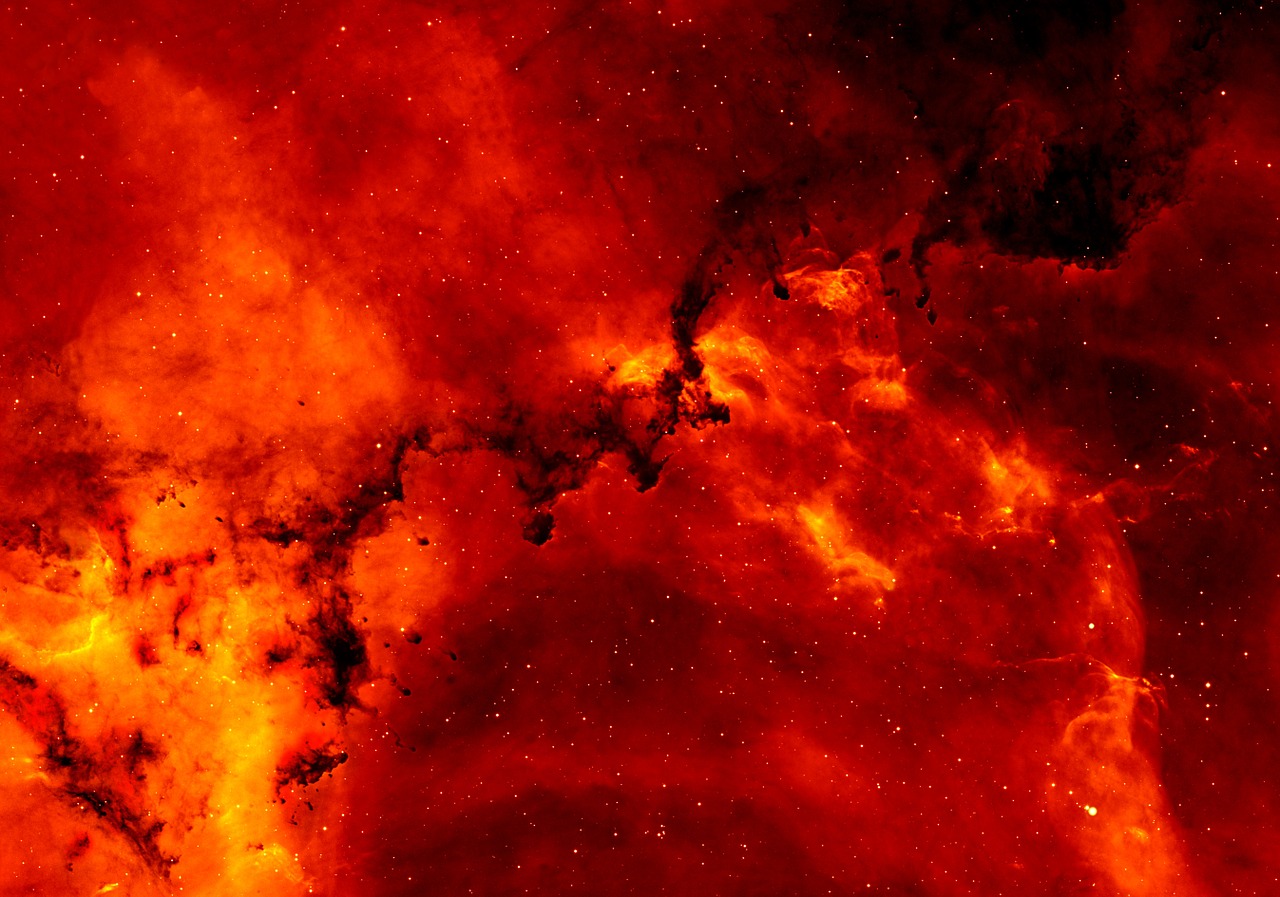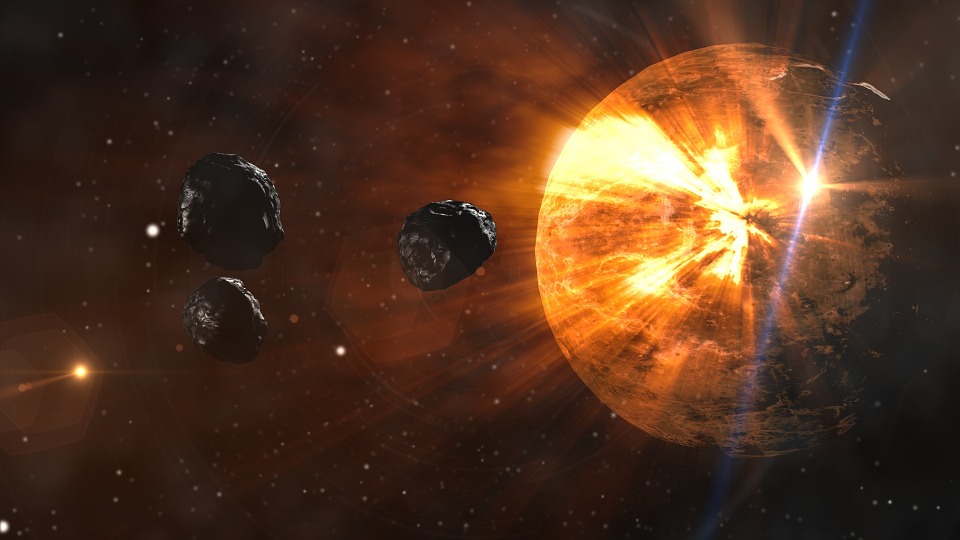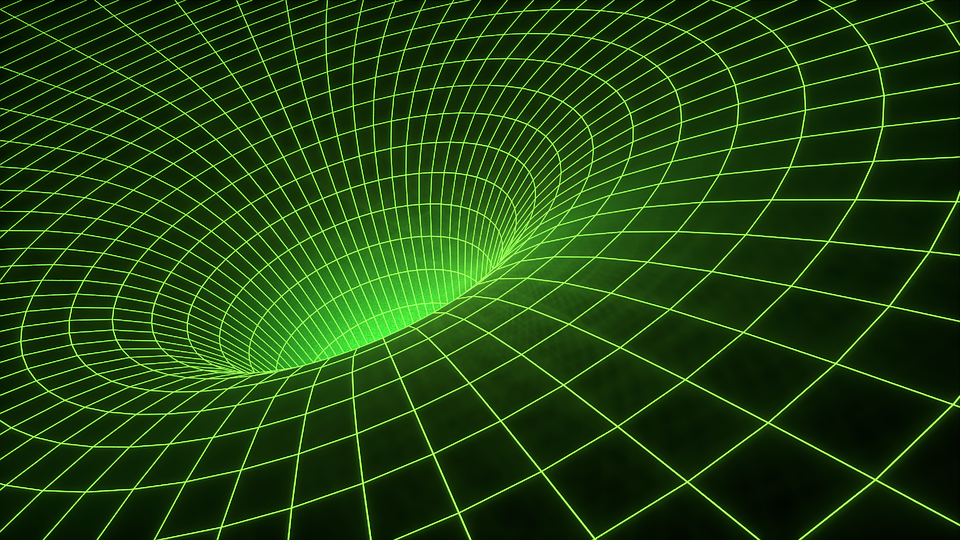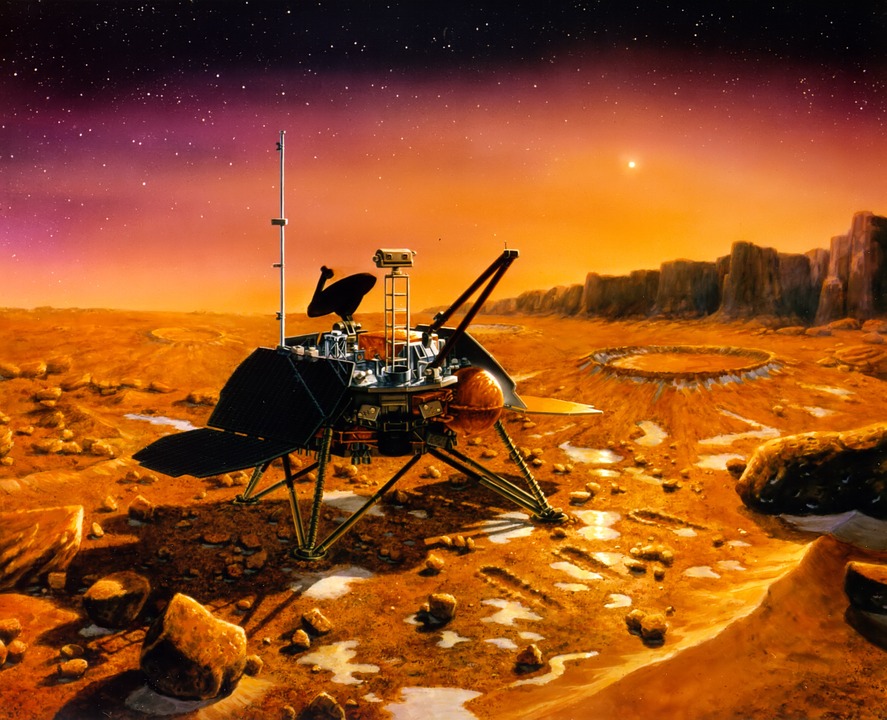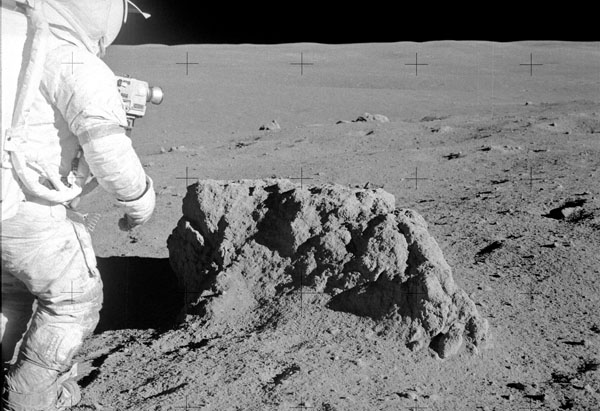SPACE: Was There Life on the Moon?
Did life ever exist on the moon? Maybe! Have scientists found evidence of life on the moon? Definitely not. Why are we talking about this? A new paper was published online today (July 23) in the journal Astrobiology with a thrilling headline: “Was There An Early Habitability Window for Earth’s Moon?” Its associated press release had an even more exciting title: “Researcher sees possibility of moon life.” Wowza! This is genuinely cool stuff. But it’s important to understand what it’s really saying and what it’s not. The paper, written by a pair of astrobiologists from Birkbeck College in London and the Technical University of … Read more



